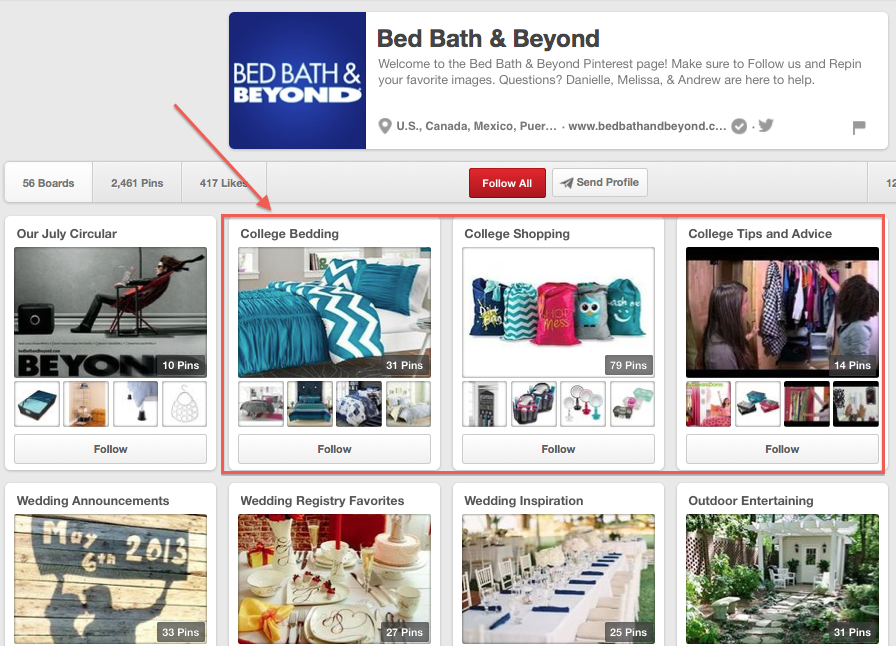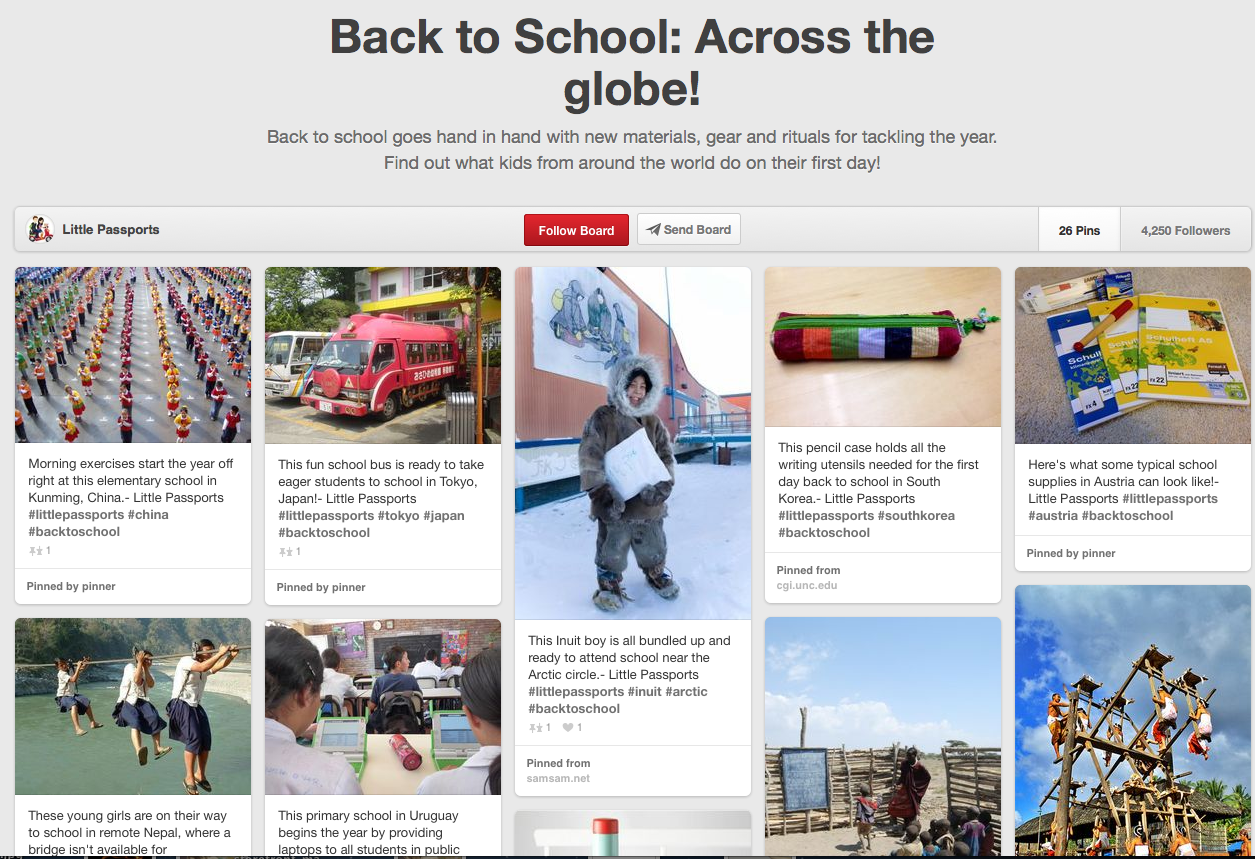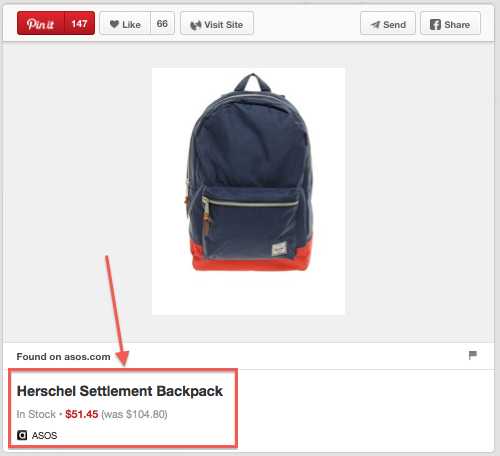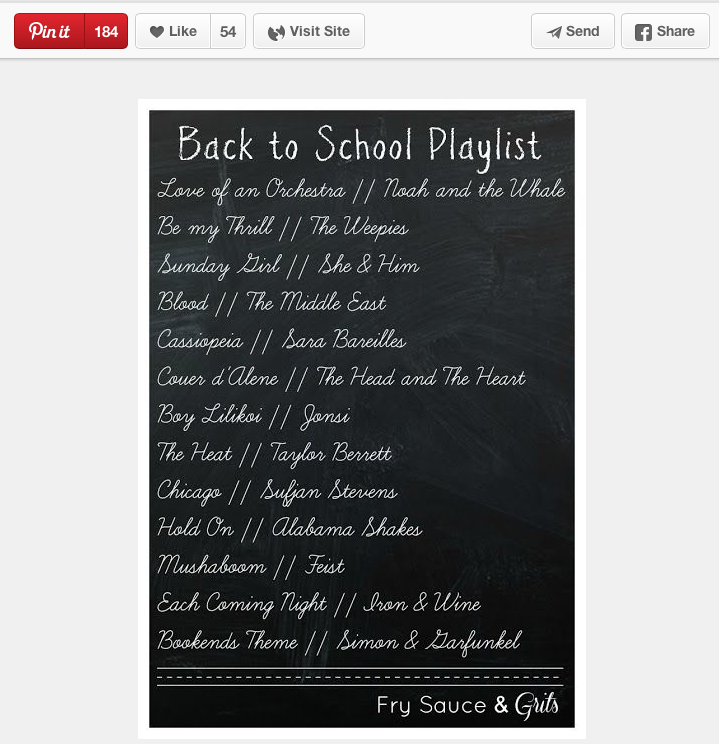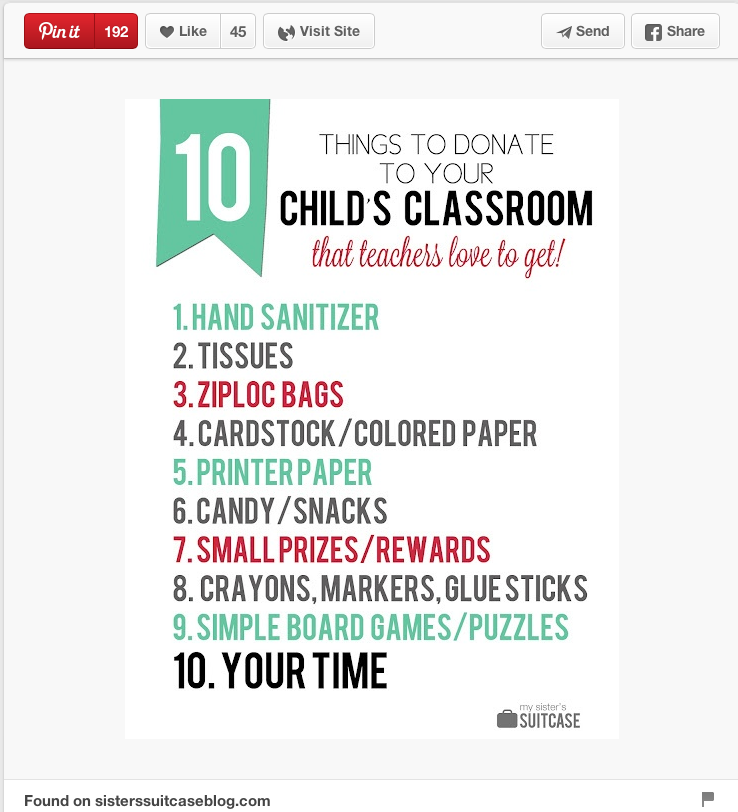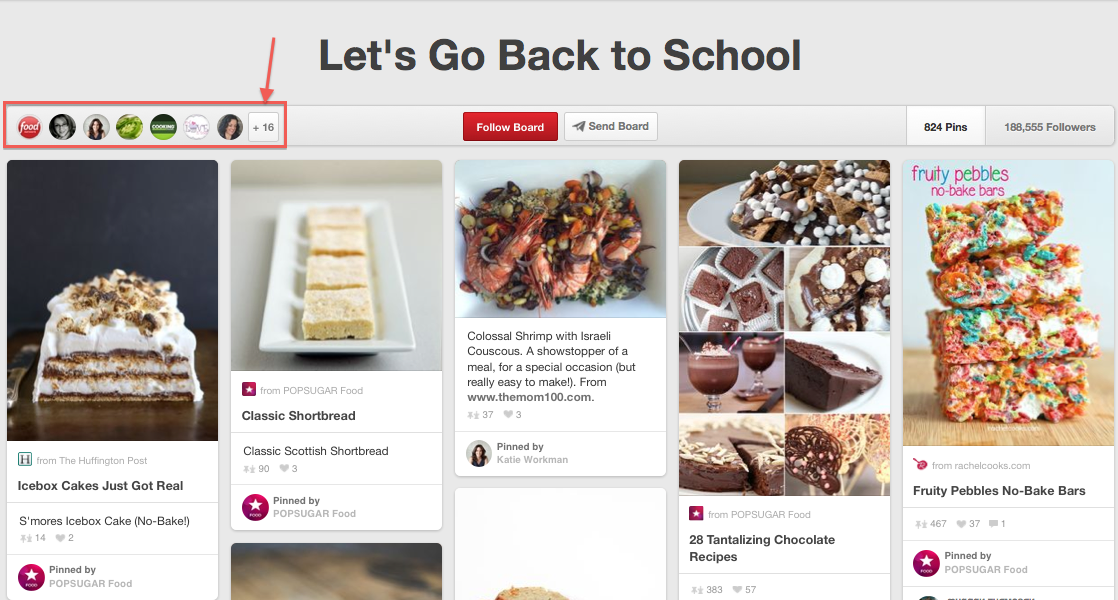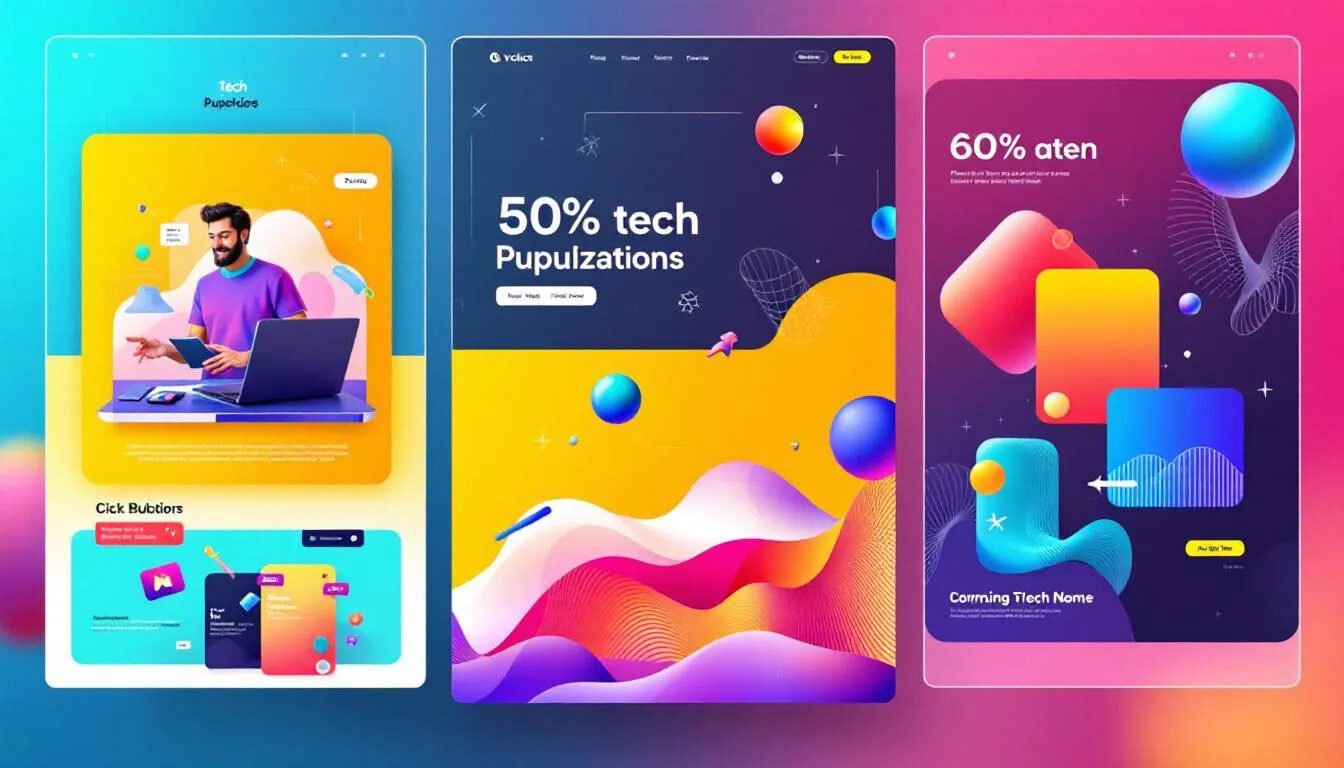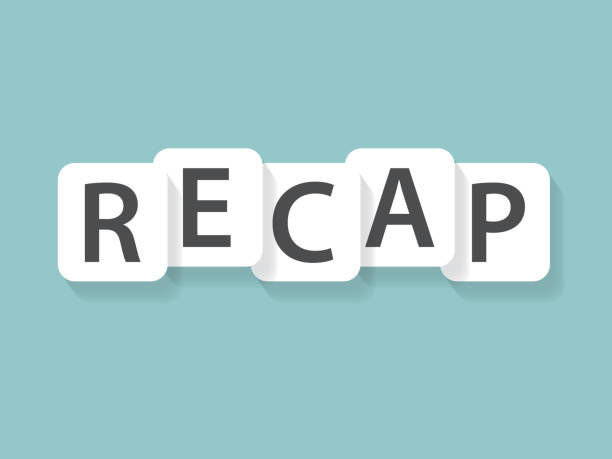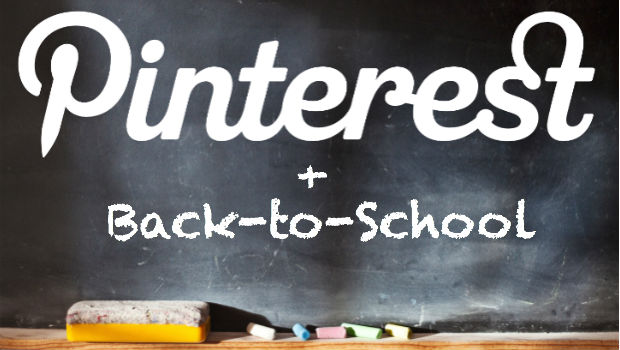
5 Pinterest Tactics + Back-to-School = A+ Sales
Think it’s too early to utter the words, “back-to-school”? I’m with you, but guess what? Shoppers aren’t.
According to the National Retail Federation’s 2014 Back-to-School survey, 22.5% of consumers will begin shopping for school items at least 2 months in advance – That’s right now! Almost half (44.5%) of consumers shop one month before school starts (which could be right now for some), and 25.4% shop two weeks ahead of schedule.
The NRF states total back-to-school and college spending is expected to reach $74.9 billion this year – Talk about opportunities! Looks like it’s time to jump on the back-to-school bandwagon, right now.
And what better way to reach those back-to-school consumers than by using the “visual discovery tool” known as Pinterest. Pinterest is now one of the five most popular shared social channels. The NRF’s survey also found that one-third (33%) of consumers will do more comparative shopping online, and nearly six in 10 (57.8%) will use their smartphone in some fashion as they shop for college items. According to new data by Gigya, Pinterest is also the number one sharing destination for ecommerce – A playground for all things back-to-school.
With that, here are 5 Pinterest tactics, ideas and inspiration for anyone wanting a slice of those back-to-school sales:
1. Create Back-to-School-Specific Boards (from your business account)
First, ensure you have a business Pinterest account. Then, do a simple search on Pinterest for anything back-to-school-related. The search functionality is similar to Google in that it’ll automatically populate popular searches including the following:
- back-to-school
- back to school bulletin boards (for teachers)
- back to school gifts
- back to school outfits
- back to school activities
- back to school crafts
- back to school college fashion
- back to school lunch ideas
- back to school gadgets
- school organization
- school supplies
- school hairstyles
- college dorm life
- college DIY
- college organization
- college tips, and the list goes on.
These results should give you an idea as to what people are searching for, and how often. Create your boards and pin ideas around these topics, and be sure to include these keywords in your descriptions when applicable. Create and pin your own content around these topics, any of your own related products or services, and/or any useful third party content.
The NRF also states that Millennials are playing a major role in back-to-school spending, as families with high school students plan to spend the most. According to the survey, teenagers also plan to spend an additional $913 million of their own money on school items. A surprising find: Man plan to outspend women – So keep these audiences in mind as well!
Have several other Pinterest boards? Rearrange them so your back-to-school boards are up top and above the fold like Bed Bath & Beyond does here:
Not a retailer? Think outside the box. Back-to-school can be stressful for parents and kids, so businesses like spas, wineries, travel companies, and acupuncturists can create stress-free back-to-school boards. College and/or high school kids may need tune-ups and auto repairs. An automobile repair shop can create back-to-school auto safety and preparedness boards. Food companies and/or bloggers have an endless number of options: Quick and easy breakfasts for kids, Top Ramen 10 ways, eating healthy on-the-run, creative school lunches, etc. A dance studio could create and promote after-school extra curricular activity boards for both kids and parents, emphasizing the importance of exercise.
Browse other back-to-school Pinterest boards for inspiration. Below are examples from various businesses utilizing back-to-school boards. They range from photo publishing services, product inventors, education unions, food brands, blogs, to children’s services, craft stores, crayon brands, TV shows, auto associations, historical societies and comedy sites.
- Teen Vogue
- Michaels Stores
- Shutterfly
- Education Minnesota
- The Sorority Secrets
- Nordstrom
- Food Network
- Target
- The Dating Divas
- FamilyShare
- Crayola
- Once a Month Meals
- Pillsbury
- Quirky
- The Filson Historical Society
2. Include valuable Pin descriptions
Pin descriptions are some of the most important, yet overlooked aspects to a successful, traffic-driving pin. Here’s what you should include:
- A concise pin description in 200 characters or less. According to research from Dan Zarella, “The Social Media Scientist,” pins with descriptions written in 200 characters or less receive the most repins.
- Hashtags (occasionally) but don’t go #crazy.
- A link! Yes, the image links back to the original source, but that also requires 2 clicks of the image. Including the URL directly in the pin description requires just one click. You can also now add UTM tracking codes to your URLs, as they were previously stripped out, to monitor your traffic in Google Analytics.
3. Post Rich Pins
Rich Pins include additional information on the pin itself such as item pricing, availability, ingredients, movie ratings, and even maps. There are five different types of Rich Pins: movie, recipe, article, product and place. According to Shopify, Rich pins with prices get 36% more likes than those without. And, according to Brandon Gaille, pins including recipes get 42% more clicks.
In order to post Rich Pins, however, you must place meta tags on your website, test your Rich Pins and apply to get them on Pinterest. Pinterest has all the details on their website.
4. Create Your Own Images/Visuals
You don’t have to purely rely on product or stock images to reel people in on Pinterest. Creating your own images or visuals is especially helpful for anyone with a service, rather than a product-based company, or anyone trying to promote a blog post, article, guide, video, how-to tutorial, checklist, free trial, and more. Keep it simple, clean but still visually appealing. Your visuals don’t need to be complicated, and you can create any of these on a free, easy-to-use photo editor like:
- Aviary – A free photo editor you can use on iOS or Android
- PicMonkey – A free online photo editor
- Pixlr – A free online photo editor (I made the featured image for this blog post using Pixlr)
- Box Shot King – Allows you to upload images and project them onto eBook covers – No design experience necessary!
- Placeit – Allows you to insert images, videos, checklists, etc. onto images of computer screens, mobile phones, iPads, etc.
Below are two simple but effective examples of visuals including checklists that link back to blog posts. Note: They have several repins and likes; yet don’t include any pictures of products.
5. Collaborate!
The great thing about Pinterest is that you don’t have to go it alone. If you noticed, some of the boards up top aren’t just created by one company. Several companies have either collaborated with multiple related companies, popular bloggers or even personal employee accounts to contribute to their back-to-school boards. This allows for more widespread visibility, new audiences and a robust board.
The Food Network’s “Let’s Go Back to School” Pinterest board has multiple contributors ranging from websites like CNN’s food blog, Eatocracy, the Cooking Channel, various chefs, cookbook authors, to local food bloggers/photographers, gluten and dairy free websites, and more.
Check with local small businesses, bloggers within your industry, and even your employees to see who can help contribute to building valuable back-to-school boards.
Are you using or planning to use Pinterest for back-to-school? If so, share a link to your boards with us below!
Want more marketing tips and advice? Get the VR Buzz delivered daily.
© 2014 – 2018, Contributing Author. All rights reserved.
